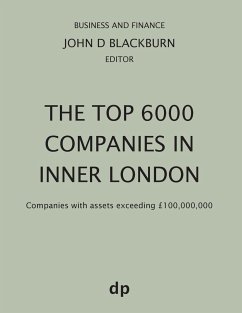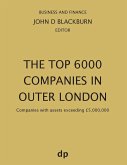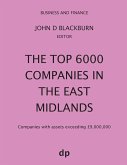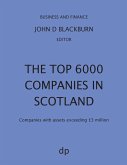This study looks at all companies registered in Inner London and where their total assets are more than £100,000,000. The statutory Inner London boroughs are: Camden, Greenwich, Hackney, Hammersmith and Fulham, Islington, Kensington and Chelsea, Lambeth, Lewisham, Southwark, Tower Hamlets, Wandsworth and Westminster. The population in 2011 was 3,232,000. The aim of this study is to provide an overview of the key movers and shakers in the Inner London corporate sector. Only key data has been isolated, particularly the company's net worth and total assets, but also its full name, date incorporated, registered office, activities, shareholders, directors (with date of birth, occupation and nationality) and number of employees. Two indicators of size are used: net worth and total assets. These are preferable to turnover which is influenced by profit margins and whether the companies are capital or labour intensive. For Inner London, there are approximately 288,000 businesses with around 2 million employees. Most commercial activity is focused on Central London and Canary Wharf and 10% of public sector employment is in Westminster. Over two-thirds of all London's GVA was produced in Inner London. 39% of all jobs are in four highly specialised, high value sectors (information and communication; finance and insurance; real estate; professional, scientific and technical). In 2015, there were 55,295 new businesses and 30,785 businesses ceased trading. Regarding both Inner and Outer London: The population is 9 million (UK 66 million). The total output (GVA), in 2016, was £408 billion (UK £1,748 billion). The total output (GVA) per head, in 2016, was £46,482 (UK £26,621). Economic Growth (GVA), 2010-2016, was 3.2% (UK 1.9%). Jobs in Manufacturing experienced a rapid decline from 872,000 in 1971 to 128,000 in 2015. The number employed, May-July 2018, was 4,735,000 (UK 32,397,000) with an employment rate of 74.7% (UK 75.5%). The number unemployed was 235,000 (UK 1,361,000) with an unemployment rate of 4.7% (UK 4%). In 2017, there were 140,000 jobs in manufacturing (UK 2,685,000). Manufacturing employment, January-March 2018, was 2.4% of total jobs (UK 7.7%) Public sector employment was 13.6% (UK 16.6%). The number of VAT/PAYE businesses were in 2016: 477,000 (18.7%); in 2017: 506,000 (18.9%) and in 2018: 506,000 (19%). London at 1.1 million and South East England at 874,000 had the most private sector businesses, accounting for 35% of the UK. In 2017, there were 92,300 new businesses (up 15%) and 86,270 businesses ceased trading (up 14%). In 2018, there were 1,096,000 businesses (UK 5,668,000) and 239,000 employers (UK 1,360,000). In the UK, in 2018, there were 1,059 businesses per 10,000 resident adults. In London there were 1,563 businesses per 10,000 residents, the highest number of business density in the UK.








